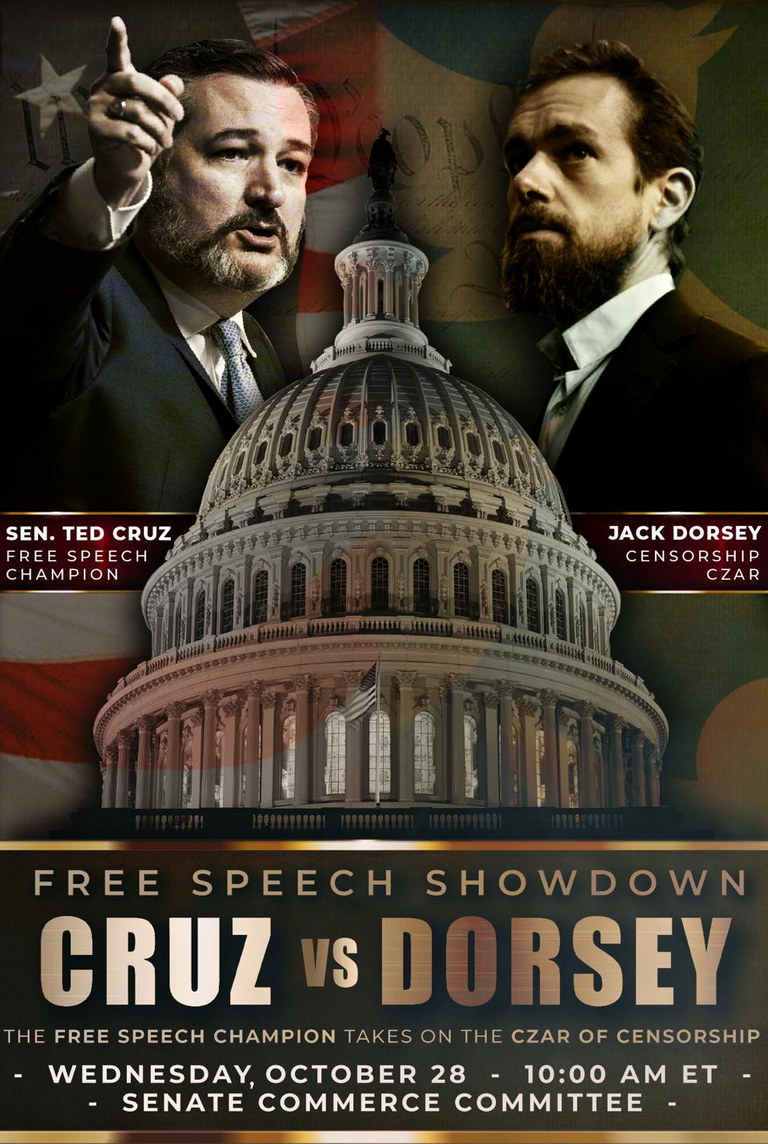
On October 28, CEOs of Twitter, Facebook, and Google met before the senate considering recent allegations of censorship on their platforms. The censorship of the New York Post article regarding Hunter Biden’s laptop was the catalyst for the hearing. Proceeding the original tweet, Twitter stopped the ability to share the tweet and locked The New York Post out of their account. Twitter can take control of content being served on their platform because of Section 230 passed in the Communications Decency Act. Section 230 protects platforms from liability over the content posted by its’ users. Big Tech is under scrutiny because of a distinct difference. Are they platform or a publisher?
It is hard to differentiate between Platform vs. Publisher because Section 230 has no protections that moderation decisions must be neutral. This is the problem with Section 230 as it is written. There are over 3 billion people on social media in the world. 340 million on Twitter alone. These are communication channels, not publishers such as the New York Post. Big Tech is not going against the law but, they are walking on a tight rope as Section 230 is rewritten.
Over 55% of the country gets their news from social media. Social media platforms are a media outlet. The media has the responsibility to inform citizens from every angle. If social media platforms are purposely censoring articles, opinions, and users they are not fulfilling their role as a publisher.
Picture credit Forbes.com